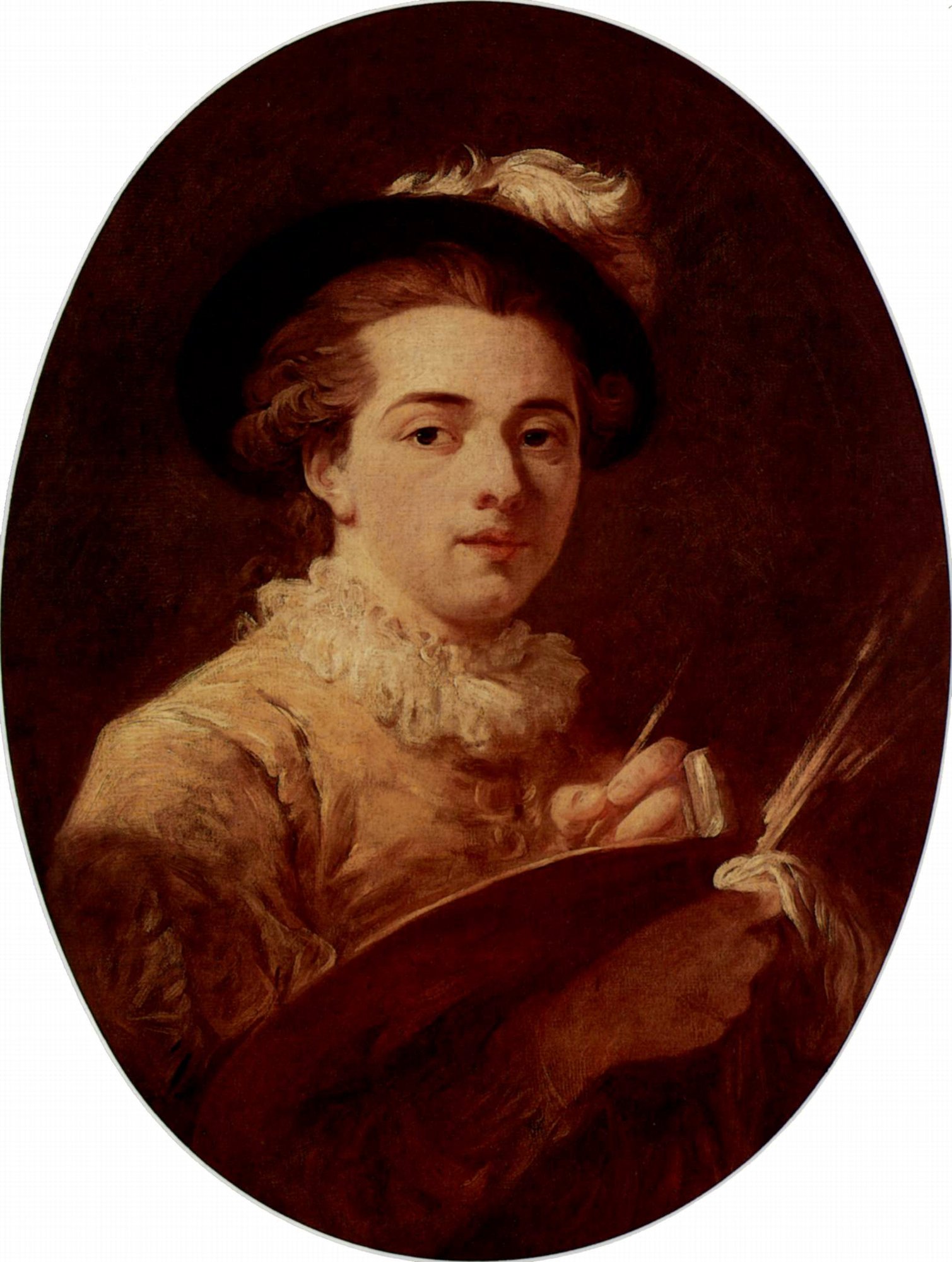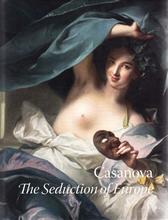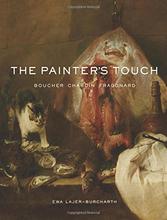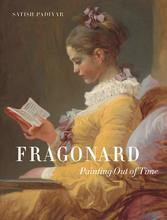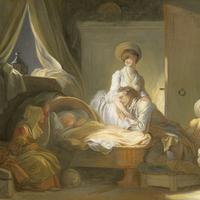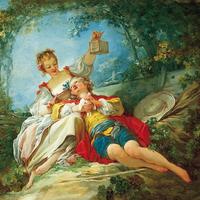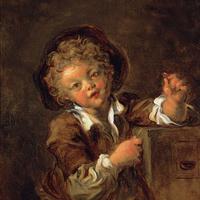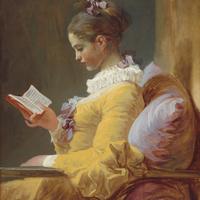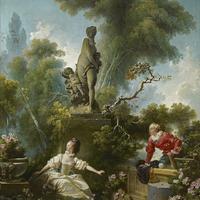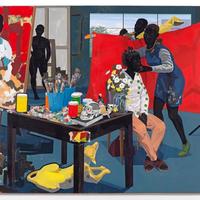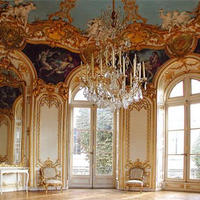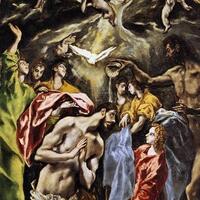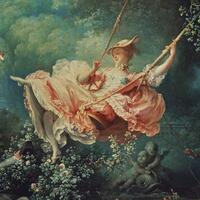More about Jean-Honoré Fragonard
- All
- Info
- Shop
Works by Jean-Honoré Fragonard

Contributor
Jean-Honoré Fragonard was the catalyst of the French Revolution.
This is a bold accusation as 40,000 people died in the French Revolution and Fragonard’s medium wasn’t exactly the guillotine. So how did he do it? He pastel-ed the aggressors into madness! The French Revolution started because the aristocracy owned, well, everything and the middle class decided that that was unfair. Meanwhile, Fragonard is out there like, “What do I paint? Landscapes? Religious scenes? My hot sister-in-law?" (We'll get to the sister-in-law.) And Louis XV was like, “Paint these sweet tights I’m wearing and I’ll give you a ton of money.” And Fragonard, who probably wasn’t listening to his heart, decided to do it. And these paintings were representative of the power and greed of the aristocracy, for which they had to die.
If you looked at the beginning of Fragonard’s life you wouldn’t expect him to be the one to propel an entire revolution. His father was a haberdasher’s assistant, which is just a fun way of saying he worked in men’s fashion. Fragonard started out as a lawyer’s assistant, but because he was drawing all the time, his boss told him that he was probably better suited elsewhere. That elsewhere was under the watchful eye of Francois Boucher. Soon Fragonard was good enough to win the Prix du Rome scholarship and got to apprentice with an actual court painter. From there he got more commissions and a studio in the Louvre. He had a hiccup where he got really into Dutch landscapes and worshipped Rembrandt, Peter Paul Rubens, and Frans Hals, but it didn’t last long. Somewhere around there he married Marie-Anne Gérard. But when Marie-Anne Gérard’s 14-year-old sister joined the family in Paris, Fragonard fell in love with her and made her his “pupil” and “assistant.” Nothing fishy about that.
Now it’s 1789 and the French Revolution is starting. The aristocracy and everyone who supports them (lookin’ at you, Fragonard) is going to be sentenced to death. But Fragonard, the sneaky bastard, finds refuge at his cousin’s house in Grasse while all of his patrons are getting their heads chopped off, which was a bummer because they were his means by which to make moneybut at least he was alive. After everything settled down, Fragonard went back to Paris but it turns out that no one wanted to buy artwork that reminded them of all of the people they just murdered so Fragonard was left to try Neoclassicism, something he was not good at. He died in anonymity in 1806. But luckily someone brought Fragonard’s work out several decades later so we could all laugh at the wildly phallic shape of the vines holding up the swing in the painting, The Swing. Check it out…You won’t be disappointed.
Sources
- Green, John. The French Revolution: Crash Course World History #29. Crash Course World History, 2012. Video.
- Rosenberg, Karen. "Rococo Bad Boy Rebels In ‘Fragonard: Drawing Triumphant’." Nytimes.com. N.p., 2016. Web. 22 Dec. 2017.
- Watson, F.J.B. "Jean-Honoré Fragonard | French Painter." Encyclopedia Britannica. Web. 22 Dec. 2017.
Featured Content
Here is what Wikipedia says about Jean-Honoré Fragonard
Jean-Honoré Fragonard (
French: [ʒɑ̃ ɔnɔʁe fʁaɡɔnaʁ]; 5 April 1732 – 22 August 1806) was a French painter and printmaker whose late Rococo manner was distinguished by remarkable facility, exuberance, and hedonism. One of the most prolific artists active in the last decades of the Ancien Régime, Fragonard produced more than 550 paintings (not counting drawings and etchings), of which only five are dated. Among his most popular works are genre paintings conveying an atmosphere of intimacy and veiled eroticism.
Check out the full Wikipedia article about Jean-Honoré Fragonard

